Much of the analysis in economics deals with relationships between variables. A variable is simply a quantity whose value can change. A graph A pictorial representation of the relationship between two or more variables. is a pictorial representation of the relationship between two or more variables. The key to understanding graphs is knowing the rules that apply to their construction and.. What you'll learn to do: use graphs in common economic applications. In this course, the most common way you will encounter economic models is in graphical form. A graph is a visual representation of numerical information. Graphs condense detailed numerical information to make it easier to see patterns (such as "trends") among data.

Graphs in Economics PDF
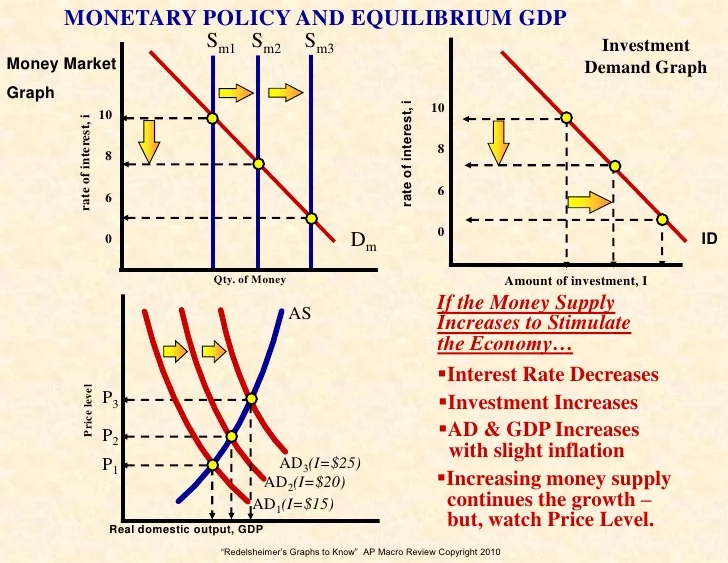
Graphs 2 Know For The AP Macro Economics Exam
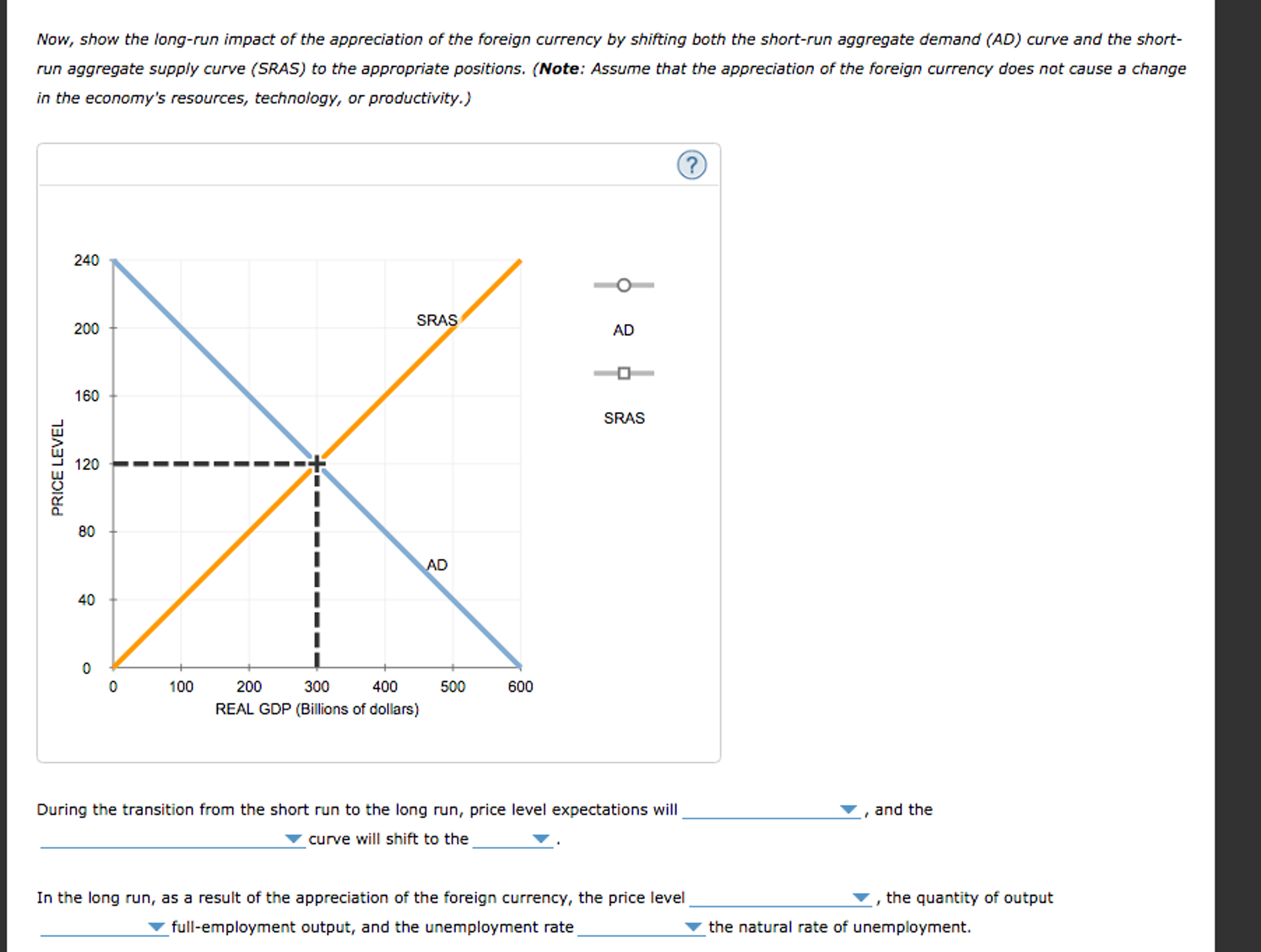
Solved 9. Economic fluctuations The following graph shows

Supply and Demand Supply Demand Chart Economic Chart Demand and Supply Diagram

Economic Surplus Definition & How To Calculate It Outlier
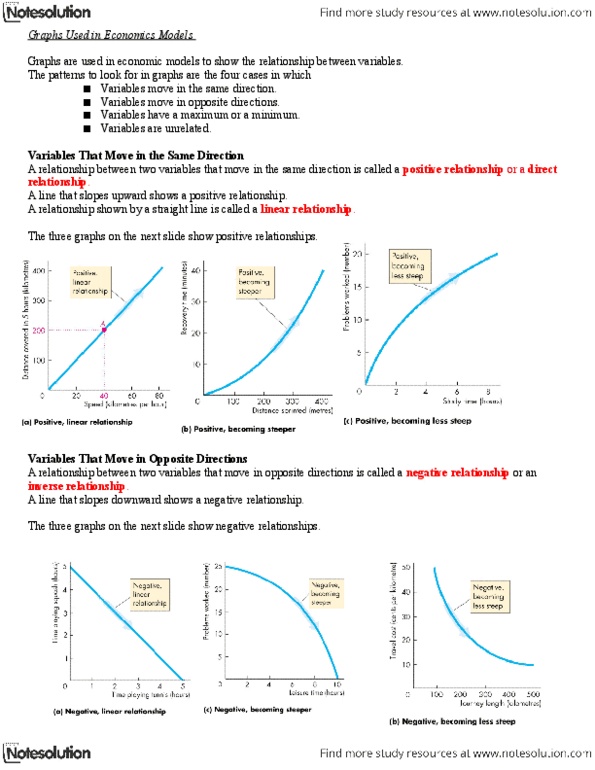
ECON 1000 Chapter Graphs Used in Economics Models.doc OneClass
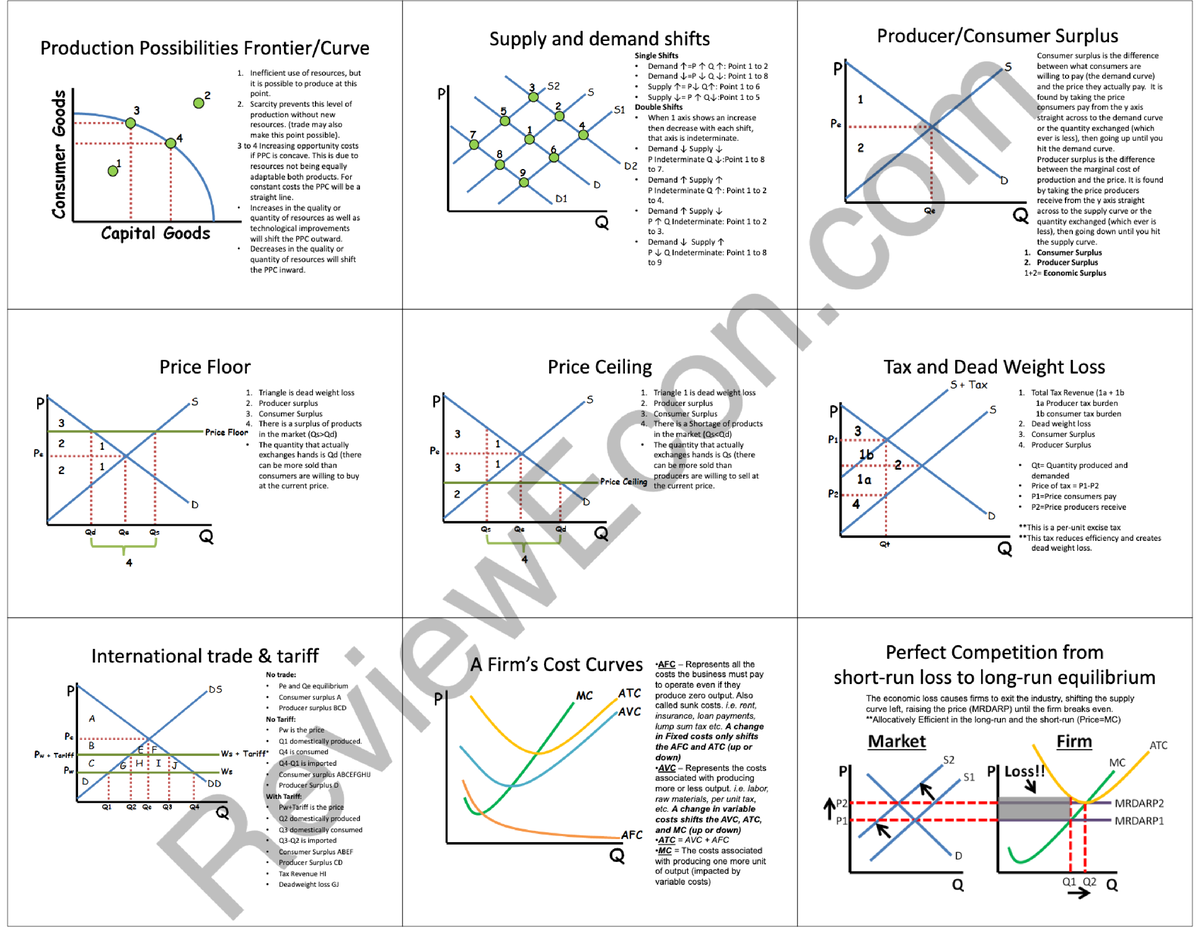
Micro economics graphs cheat sheet. EC1002 Studocu

Economic Order Quantity EOQ Understanding Details Developing Graphs In MS Excel YouTube

Stages of the Economy Introduction to Business

Graphs in economics YouTube

Schmidtomics An Economics Blog Protectionism Tariffs and Subsides and Quotas et al.

Economic Article sec 3 iPhone Supply and Demand

Economic Growth — Mr Banks Tuition Tuition Services. Free Revision Materials.

Economics Supply and Demand Graph Venngage
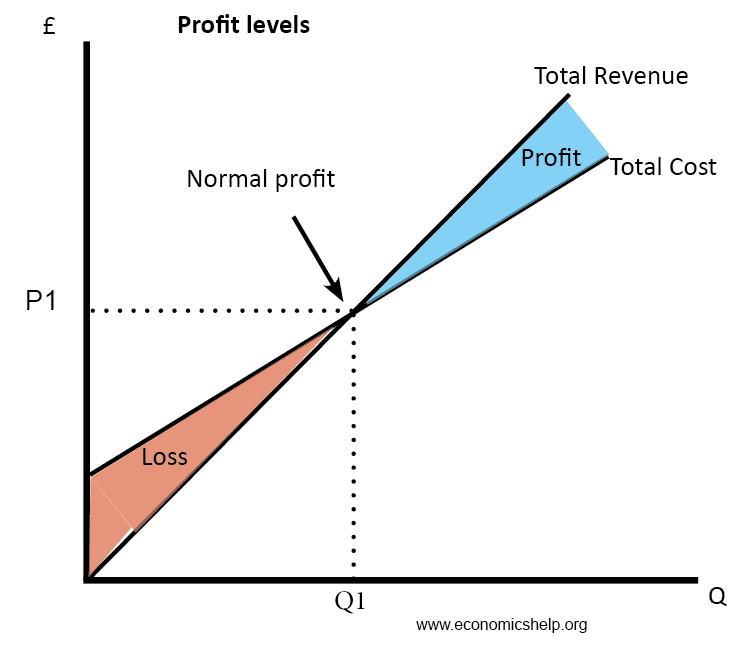
Diagrams of Cost Curves Economics Help

microeconomics Is there really an "efficient equilibrium *price*" with externalities
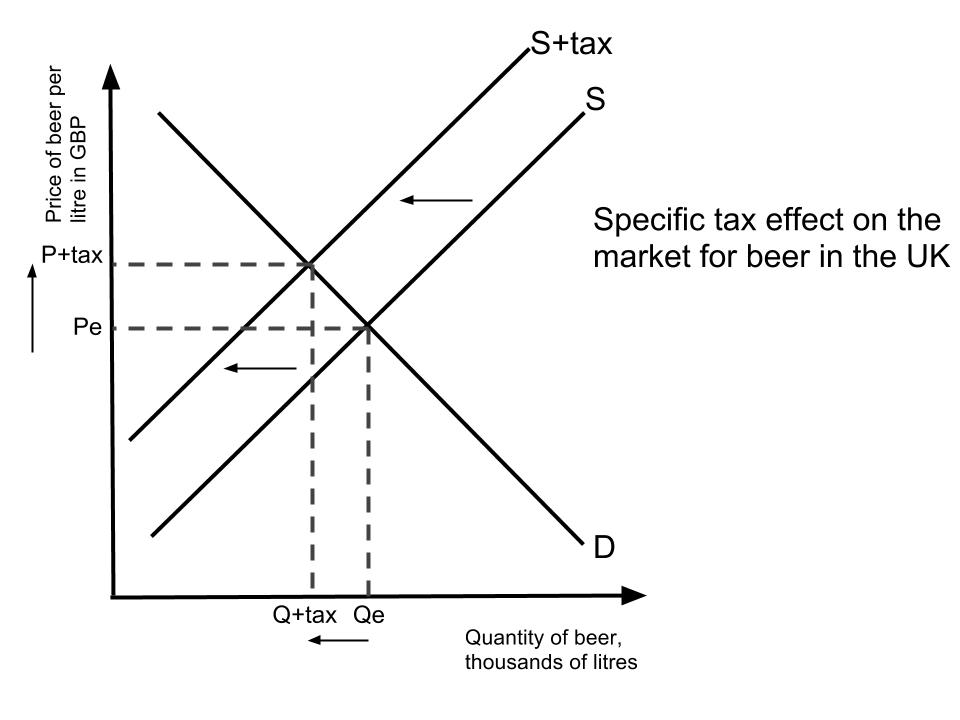
Economics IA graph Economics and Business & Management IB Survival

Price Consumption Curve Meaning and Explanation Tutor's Tips

Economics Applied 1 The Equilibrium price of OLA Cab's

Economics Graphs Explained Management And Leadership
Diagram showing Increase in Price. In this diagram, we have rising demand (D1 to D2) but also a fall in supply. The effect is to cause a large rise in price. For example, if we run out of oil, supply will fall. However, economic growth means demand continues to rise.. In economics, we commonly use graphs with price (p) represented on the y-axis, and quantity (q) represented on the x-axis. An intercept is where a line on a graph crosses ("intercepts") the x-axis or the y-axis. Mathematically, the x-intercept is the value of x when y = 0. Similarly, the y-intercept is the value of y when x = 0.